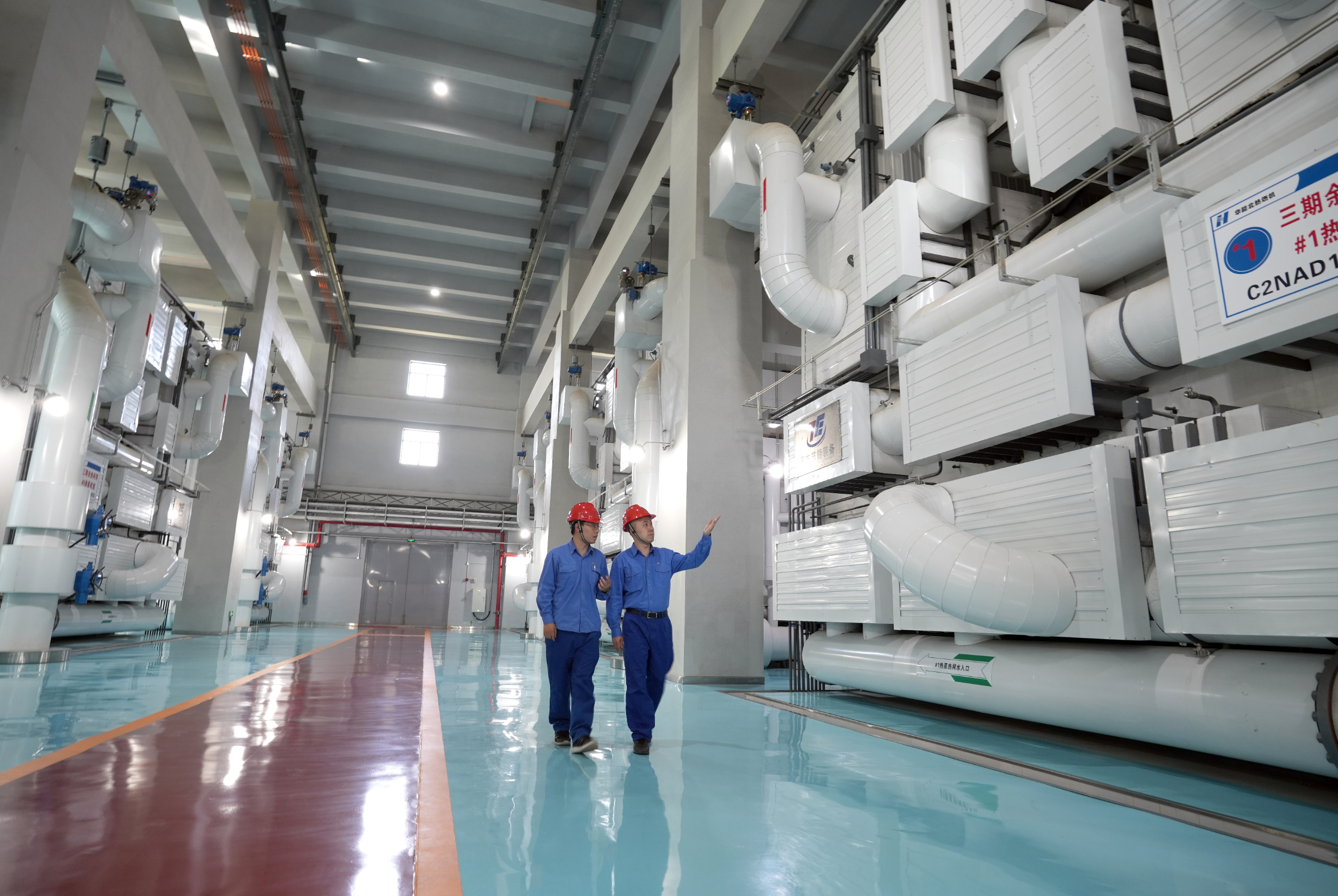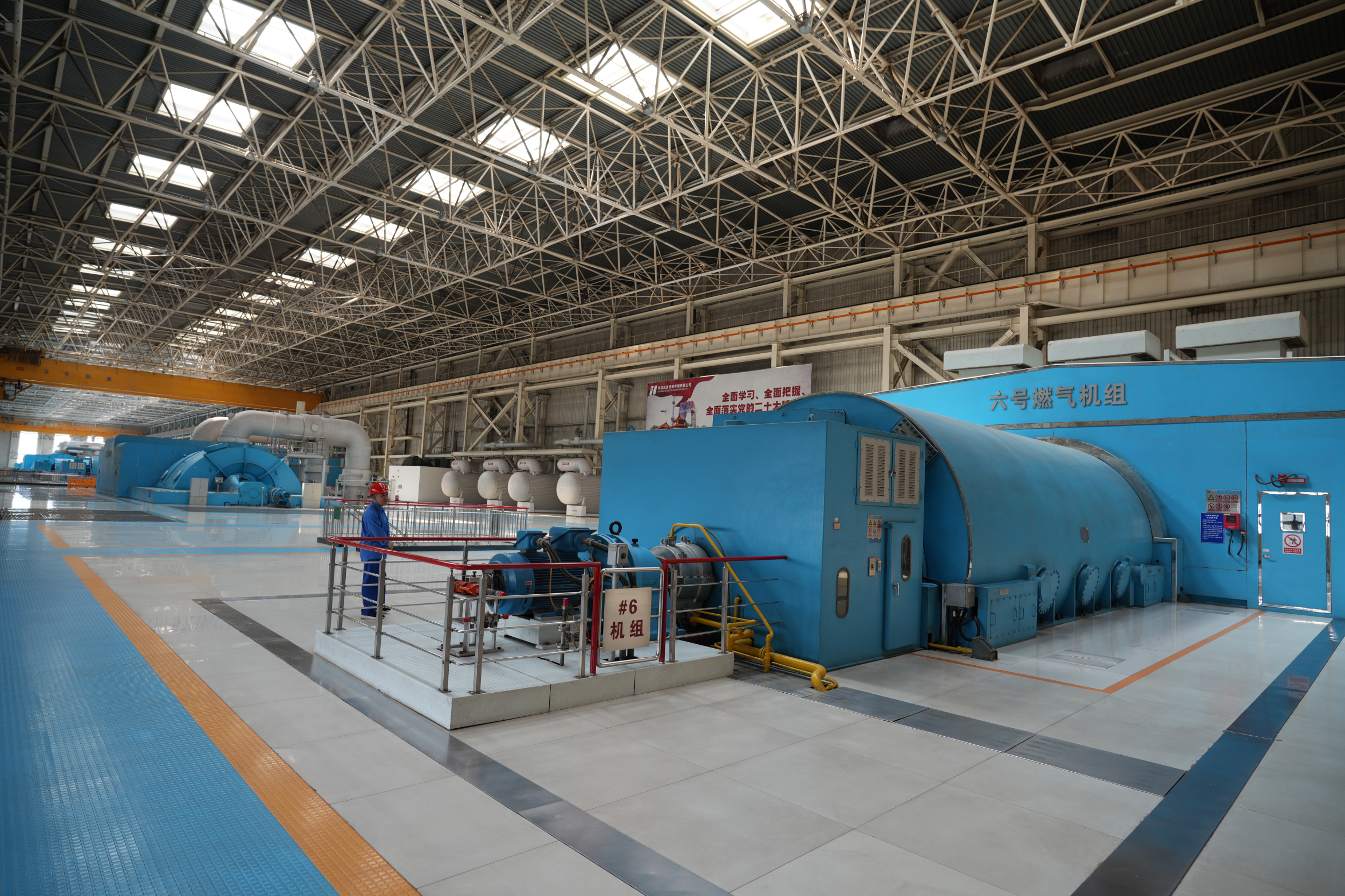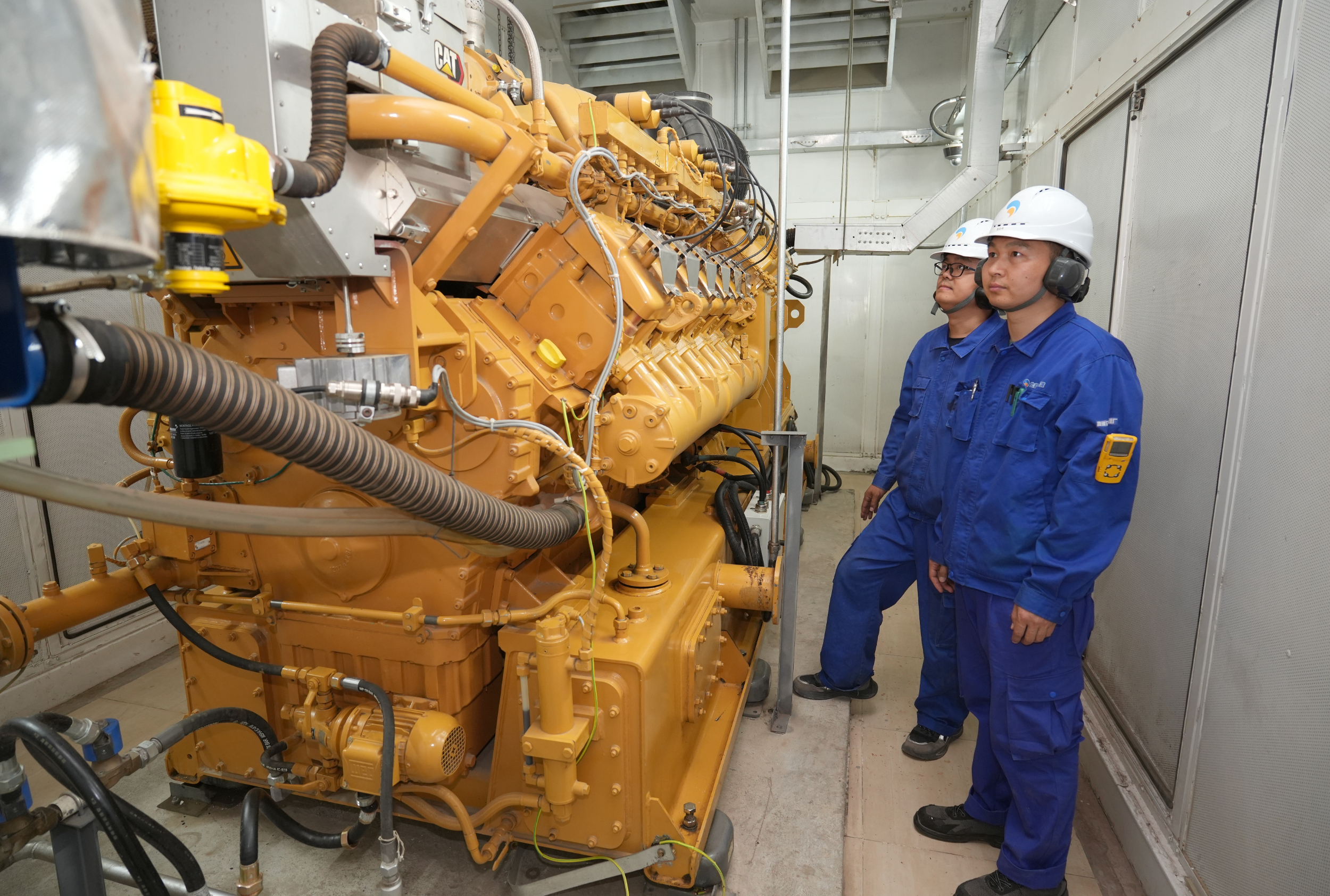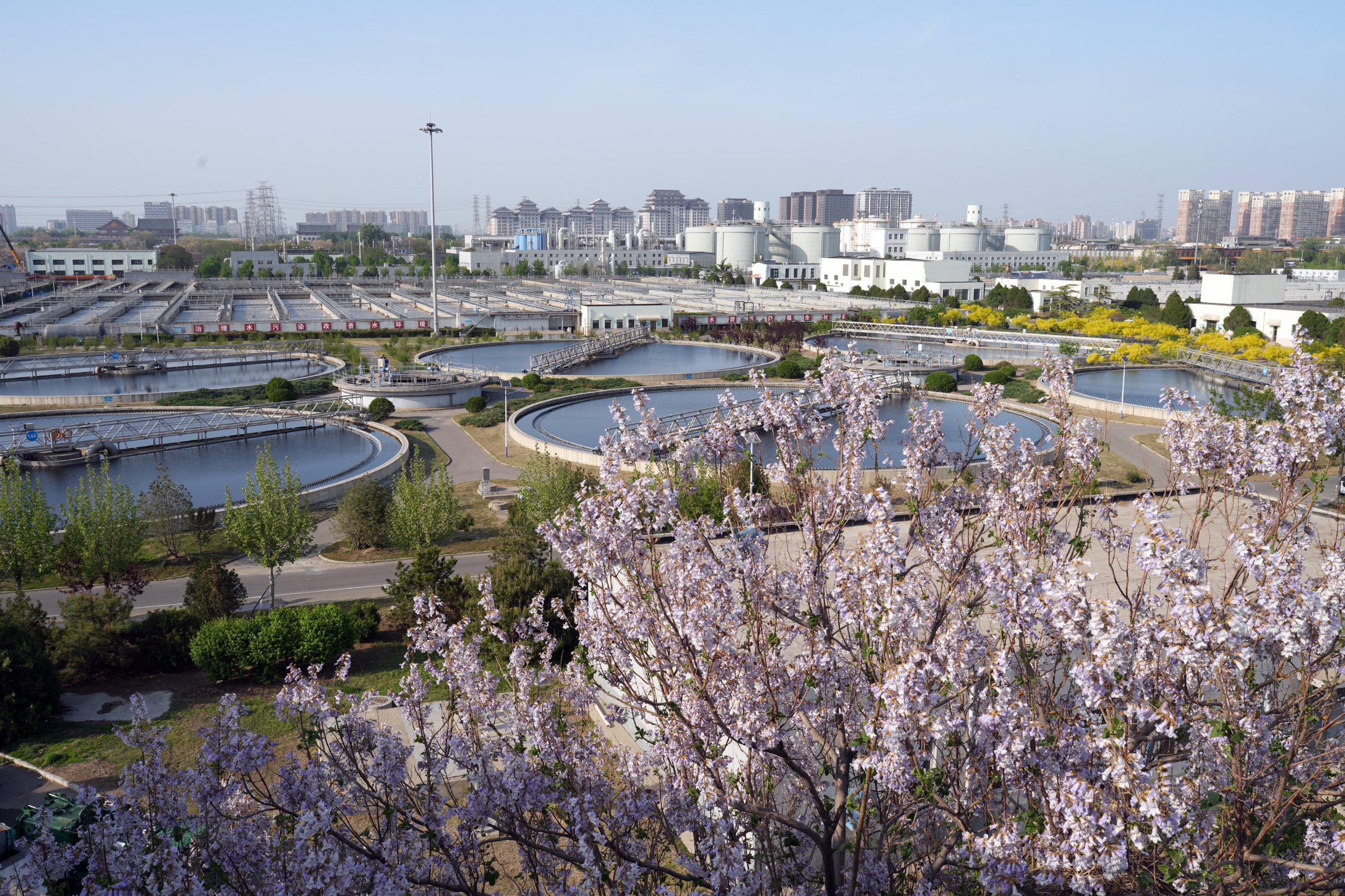Insist on paying equal attention to mitigation and adaptation to create a "Beijing model" for climate change
In order to implement the national climate change strategy, Beijing has taken climate change as an important part of the capital's ecological civilization construction and the implementation of the green Beijing strategy, and an important starting point for promoting high-quality development, insisted on paying equal attention to climate change mitigation and adaptation, and continued to improve the climate change policy system Through low-carbon pilots, it has continuously explored and innovated low-carbon development models, ranked among the best in the national evaluation of low-carbon city pilot construction, and was rated as excellent, and its response to climate change is at the forefront of the country.
"Innovation leading" promotes "key breakthroughs" and explores effective paths for low-carbon development
On March 9, 2024, the Beijing Municipal Government officially issued the Administrative Measures to further regulate carbon emission trading and related activities, promote the realization of Beijing's carbon peak and carbon neutrality goals, and coordinate the control of pollutant emissions.
In order to actively implement the "Management Measures" and accelerate the construction of a more effective, dynamic and influential Beijing carbon market, Beijing has embodied "carbon emissions have costs and carbon reduction has benefits" through the market mechanism, and promoted emitting entities to take the initiative to take measures to reduce carbon emissions and build a green background of new quality productivity.
In order to give full play to the driving and leading role of innovation in low-carbon development, Beijing has innovatively carried out low-carbon pilot work, promoted pilot projects in key areas, and accumulated experience and models for scientifically planning low-carbon development paths.
In 2023, Beijing will comprehensively promote low-carbon pilot work, carry out three types of pilot projects of advanced low-carbon technology, low-carbon leader, and climate-friendly region, and select a total of 14 excellent pilot projects of advanced low-carbon technology, involving waste heat recovery and utilization, biogas power generation, renewable energy coupling utilization, photovoltaic building integration, carbon dioxide monitoring, carbon footprint management, low-carbon building materials, waste recycling and other low-carbon technology applications, with a preliminary estimate of annual emission reduction of up to 220,000 tons; Five low-carbon leaders were selected in three industries, including power production and universities, and six climate-friendly regions, including three communities and three villages. At present, the announcement of the 2023 low-carbon pilot excellent projects has been released, and various forms of encouragement, publicity and promotion will be carried out for the selected excellent cases in the follow-up to establish a low-carbon development model.


Among them, Huaneng Beijing Thermal Power Co., Ltd. strives to build a first-class clean energy base with the development concept of "science and technology leading, innovation driven", and builds the world's first gas turbine flue gas waste heat utilization project using "flue gas-water plate heat exchanger + heat pump technology", and recovers all flue gas waste heat into the urban heating network, which has an important demonstration role in improving primary energy utilization, energy saving and carbon reduction, and is conducive to optimizing the clean heating layout and green heating system.


The biogas cogeneration project of Gaobeidian Water Reclamation Plant is a key renewable energy power generation project in Beijing and an excellent pilot project of advanced low-carbon technology in Beijing, with a total installed capacity of 6.4 MW and a total of 4 biogas generating units. The plant's sludge is treated with thermal hydrolysis and advanced anaerobic digestion to produce more than 20 million cubic meters of biogas per year. The biogas is dehydrated, desulfurized, siloxane removed, and pressurized by the pretreatment unit and then sent to the biogas generator set to generate electricity.
The project is expected to generate 30 million kilowatt-hours of electricity annually and reduce carbon dioxide emissions by about 18,000 tons per year, which has significant energy-saving and carbon-reduction benefits, and is of great significance for Beijing to further increase the proportion of renewable energy applications and contribute to green and sustainable development.
"Prevention first" and "scientific adaptation" go hand in hand, and strive to improve the climate adaptability of the capital city
As a megacity, Beijing is highly densely populated, industrial, and building-intensive, and the effects of urbanization and climate change are superimposed, and extreme weather and climate events are increasing, and climate change has become an important non-traditional security factor. In order to do a good job in adapting to climate change and preventing and resolving major risks of climate change, the "Adaptation Plan" has been issued in combination with the actual situation of Beijing.
The Adaptation Plan proposes that by 2025, the policy system and institutional mechanisms for adapting to climate change will be gradually improved, and an atmosphere for the whole society to consciously participate in climate change adaptation actions will be initially formed; by 2030, the policy system and institutional mechanisms for adapting to climate change will be basically improved, and the construction of a climate-resilient society will achieve remarkable results; by 2035, the ability of the whole society to adapt to climate change will be significantly improved, and a climate-resilient society will be basically completed.
Grasp the four principles. The first is to focus on prevention and active adaptation, strengthen the monitoring and early warning of extreme weather and climate events, and improve the climate adaptability of natural ecosystems, urban operating systems, and socio-economic systems. The second is to empower science and technology, conform to nature, strengthen the research and development and promotion of key technologies for adaptation to climate change, and explore nature-based solutions. The third is to highlight key points, pilot first, focus on sensitive and vulnerable areas and key areas of climate change, and use pilot demonstrations as a starting point to strengthen climate change adaptation actions. Fourth, we need to participate in multiple ways and adapt to climate change in a coordinated manner, so as to form a strong synergy for adapting to climate change.
Do a good job in ten tasks. The first is to improve the climate change observation and early warning system, improve the monitoring and analysis capacity of the climate system, and strengthen the early warning of extreme weather and climate events. The second is to strengthen climate change impact and risk assessment, and improve urban risk monitoring and early warning capabilities. The third is to focus on urban functional layout, infrastructure, urban and rural buildings, transportation and other aspects, and improve the level of planning and construction management. Fourth, according to the different functional positioning of core areas, central urban areas, multi-point areas, ecological conservation areas, and urban sub-centers, policies should be implemented by classification to improve the ability of key areas to adapt to climate change. Fifth, we should strengthen the resilience of the water resources system by focusing on water resource security, water resource conservation, water environment security, and water ecological restoration. Sixth, build a climate-friendly ecosystem, build a municipal-level greenway system, and improve the value of forest ecological services. Seventh, we will improve the comprehensive energy security plan system to adapt to climate change, optimize the energy structure and regional layout, and strengthen the safe operation of energy. Eighth, develop urban modern agriculture with strong disaster resistance and improve the service function of agricultural ecosystems. Ninth, improve the adaptive capacity of public health, and strengthen the popularization and response to the health risks of climate change. Tenth, it is necessary to improve disaster rescue capabilities and build disaster prevention and control projects.
In the next step, Beijing will insist on paying equal attention to mitigation and adaptation, make good use of the carbon market mechanism, strengthen low-carbon pilot demonstrations, deepen climate adaptation actions, and strive to promote Beijing's response to climate change to a new level, create a "Beijing model" in addressing climate change, and contribute "Beijing experience".







